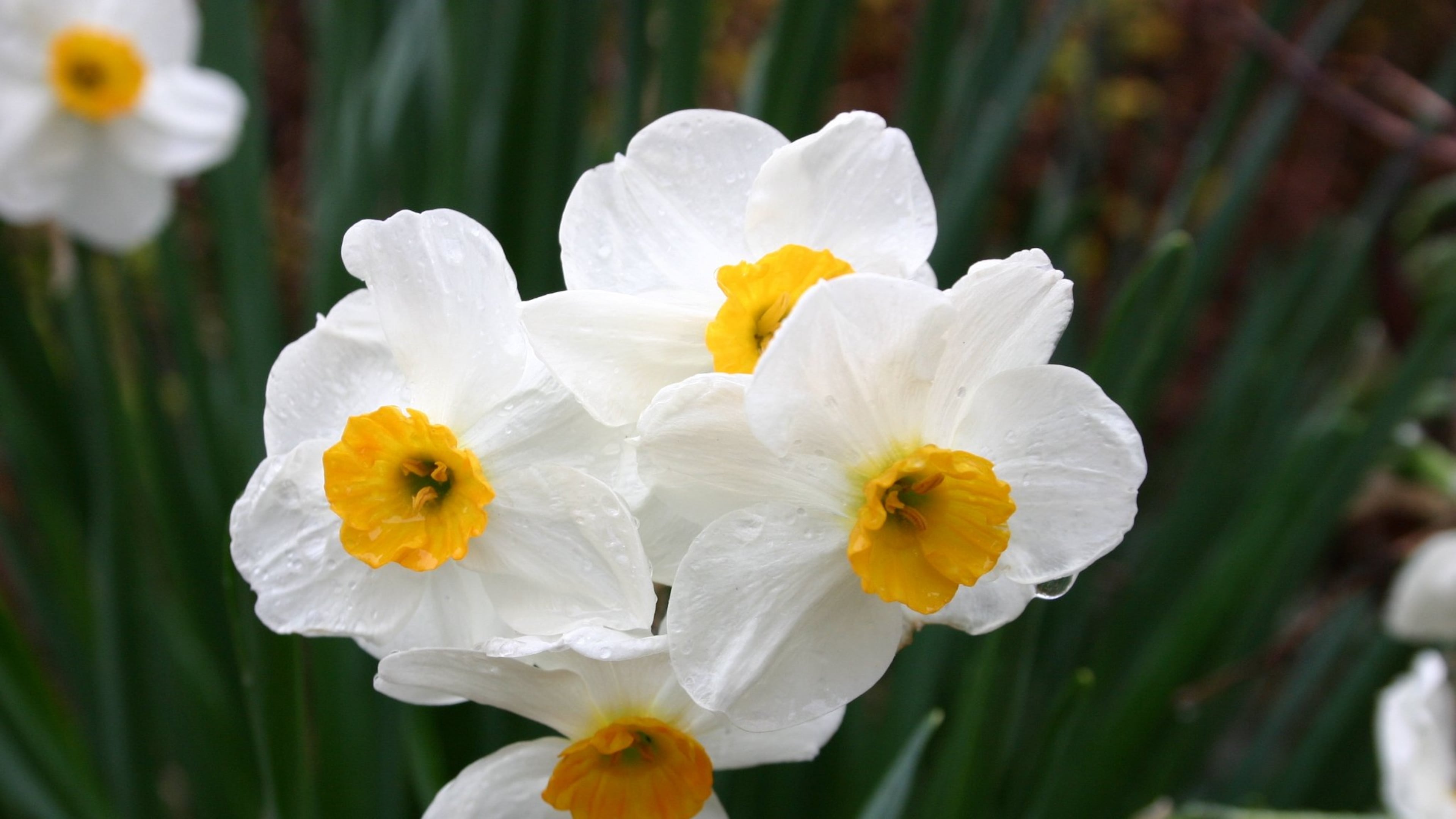How to brighten winter days with forced bulbs

Winter days can be gloomy, but you can brighten your home by adding vibrant, blooming plants like daffodils, amaryllis and hyacinths. One way to enjoy these flowers out of season is by forcing bulbs — making them bloom indoors before their usual time.
To get started, choose a plant variety that is easy to force. For instance, with hyacinths, Anne Marie, Delft Blue, Jan Bos and L’Innocence are good choices. For daffodils, Tete-a-Tete and Tazetta work well for forcing, suggested Jaydee Atkins Ager of the Georgia Daffodil Society. You can find bulbs at local nurseries such as Garden*Hood in Atlanta or online.
Next, you need a good pot with a drainage hole. Pots can range between 4 and 10 inches. The larger the pot, the more bulbs you can put in one pot.
“Let’s say that it’s a 10-inch-wide pot,” Atkins Ager said. “You might be able to put as many as 20 daffodil bulbs in there.”
Prepare the pot with a layer of gravel, chicken grit or PermaTill to help with drainage. Then add a mix of potting soil, such as Miracle-Gro, and perlite, which improves drainage and increases aeration for the bulbs. Atkins Ager said the goal is to have a “nice fluffy, arable, well-draining mixture.”
However, don’t fill the pot completely. Add enough potting soil mixture to cover the bulb, allowing the tip to show. When placing tulip bulbs in the pot, turn the bulbs to face outward.
With daffodils, some experts say to cover the bulbs about halfway. But Atkins Ager said that is more of a personal preference.
“Some people cover them over,” she said. “Some people just leave the noses peeking out. Some people like to have the shoulders peeking out. And that is strictly a matter of personal preference. I lean toward having the noses peeking out.”
Just remember when adding the potting soil mixture, do not pack it tight into the pot. You want to have room for air to move through the soil.
Once your pot and bulb are prepared, water thoroughly until you see water dripping from the drainage hole. Let it sit for one hour, then dump out any extra water in the pot’s saucer.
Place the pot in a cool place where temperatures range between 35 and 48 degrees Fahrenheit. This could be a refrigerator, an unheated basement, a crawl space or other space that will maintain a cool temperature. You could even set them outside on the ground near a building and cover them with leaves, straw or similar material. Place a box or other covering over them for protection. Just be sure to set them outside at least three weeks before the first hard freeze of the season.
If stored outside, you likely won’t need to water the bulbs, but check periodically to ensure they aren’t drying out. Inside, you should water regularly to keep the bulbs moist.
Make sure to note the date you prepare your bulbs. They’ll need between 12 and 14 weeks of refrigeration for proper root growth and development. After that time, place your pots in a cool, bright window. You don’t want direct sunlight as that may overheat the bulb. Instead, you want a spot that maintains a temperature of 60 degrees Fahrenheit.
“Refrigeration is the key to making it happen,” Atkins Ager said. “If you refrigerate them, and then pull them out at the right time, giving them some warmth and some good sunshine, you’ll have some nice pots of forced bulbs.”

